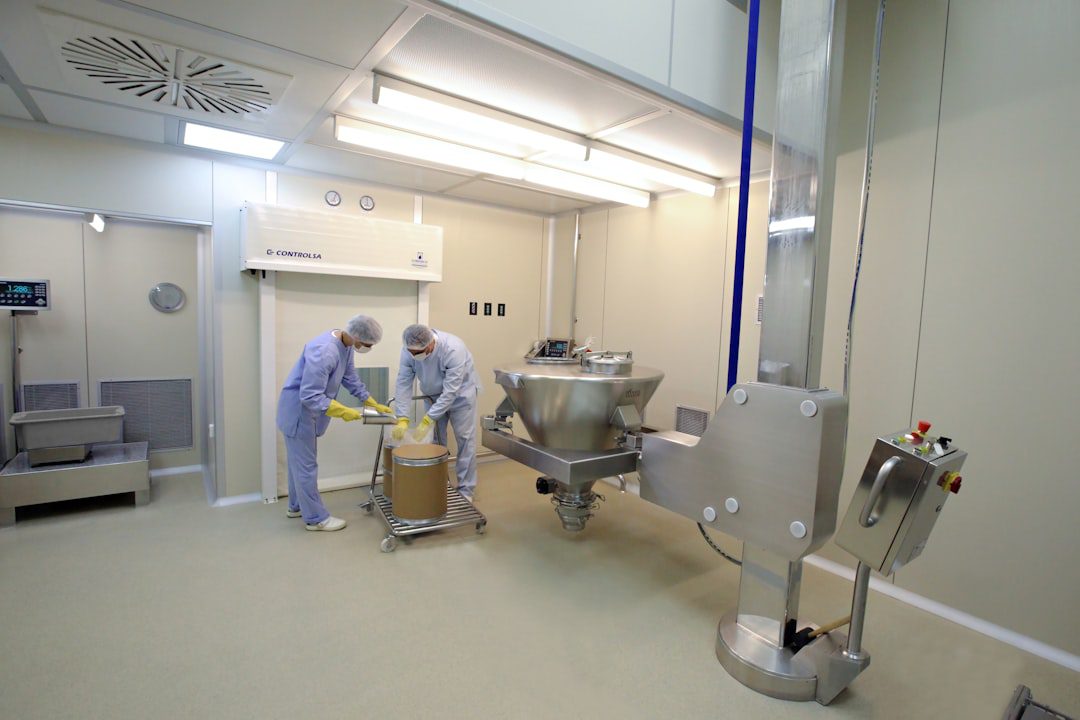
Medical Device Recalls Surge to Four-Year High: The New Reality
The medical device industry faced a stark reality check in 2024 as recalls reached their highest levels in four years. This dramatic increase, driven by intensified FDA oversight and a significant spike in Class I recalls—the most serious category—signals a fundamental shift in the regulatory landscape that every manufacturer must understand and prepare for.
Understanding the 2024 Recall Surge
The surge in medical device recalls during 2024 represents more than just statistical fluctuation; it reflects the FDA’s renewed commitment to patient safety and regulatory enforcement. This increase is particularly concerning given the rise in Class I recalls, which indicate situations where “there is a reasonable probability that the use of or exposure to a violative product will cause serious adverse health consequences or death.”
Several factors contributed to this unprecedented spike:
- Enhanced FDA Surveillance: The agency has implemented more rigorous post-market monitoring systems
- Improved Reporting Mechanisms: Better adverse event reporting has led to faster identification of safety issues
- Stricter Enforcement Standards: The FDA is taking a more aggressive stance on compliance violations
- Industry Growth: The expanding medical device market has increased the volume of products under scrutiny
Why This Matters for Medical Device Manufacturers
The 2024 recall surge carries significant implications for manufacturers across all device categories. Beyond the immediate financial impact—which can range from hundreds of thousands to millions of dollars—recalls create lasting damage to brand reputation and market position.
Regulatory and Financial Consequences
Class I recalls, in particular, trigger intensive FDA scrutiny that often extends far beyond the specific product issue. Manufacturers face:
- Mandatory FDA inspections and increased oversight
- Potential consent decrees or warning letters
- Supply chain disruptions and customer relationship damage
- Litigation risks and insurance implications
- Stock price volatility for publicly traded companies
Essential Action Steps for Manufacturers
Strengthen Your Quality Management System
The most effective defense against recalls is a robust Quality Management System (QMS) that exceeds ISO 13485 requirements. Focus on:
- Design Controls: Implement comprehensive verification and validation protocols
- Risk Management: Apply ISO 14971 principles throughout the product lifecycle
- Supplier Management: Establish rigorous supplier qualification and monitoring processes
- Corrective and Preventive Actions (CAPA): Develop systems that identify and address root causes quickly
Enhance Post-Market Surveillance
Proactive monitoring can help identify issues before they escalate to recalls. Manufacturers should:
- Implement real-time adverse event monitoring systems
- Establish clear communication channels with healthcare providers
- Conduct regular post-market clinical follow-up studies
- Maintain comprehensive complaint handling procedures per FDA 21 CFR 820.198
Prepare for Regulatory Scrutiny
With heightened FDA oversight, manufacturers must be inspection-ready at all times. Key preparation areas include:
- Document management systems that ensure traceability and accessibility
- Staff training on FDA inspection procedures and communication protocols
- Regular internal audits that mirror FDA inspection practices
- Legal counsel relationships for regulatory guidance and crisis management
Looking Forward: Building Resilience
The 2024 recall trends suggest that regulatory intensity will remain high. Successful manufacturers will view this challenge as an opportunity to strengthen their operations and competitive position. By investing in robust quality systems, proactive monitoring, and regulatory preparedness, companies can not only reduce recall risk but also build the trust and reliability that drive long-term market success.
The message is clear: in today’s regulatory environment, excellence in quality and compliance isn’t optional—it’s essential for survival and growth in the medical device industry.


No comments yet. Be the first to comment!